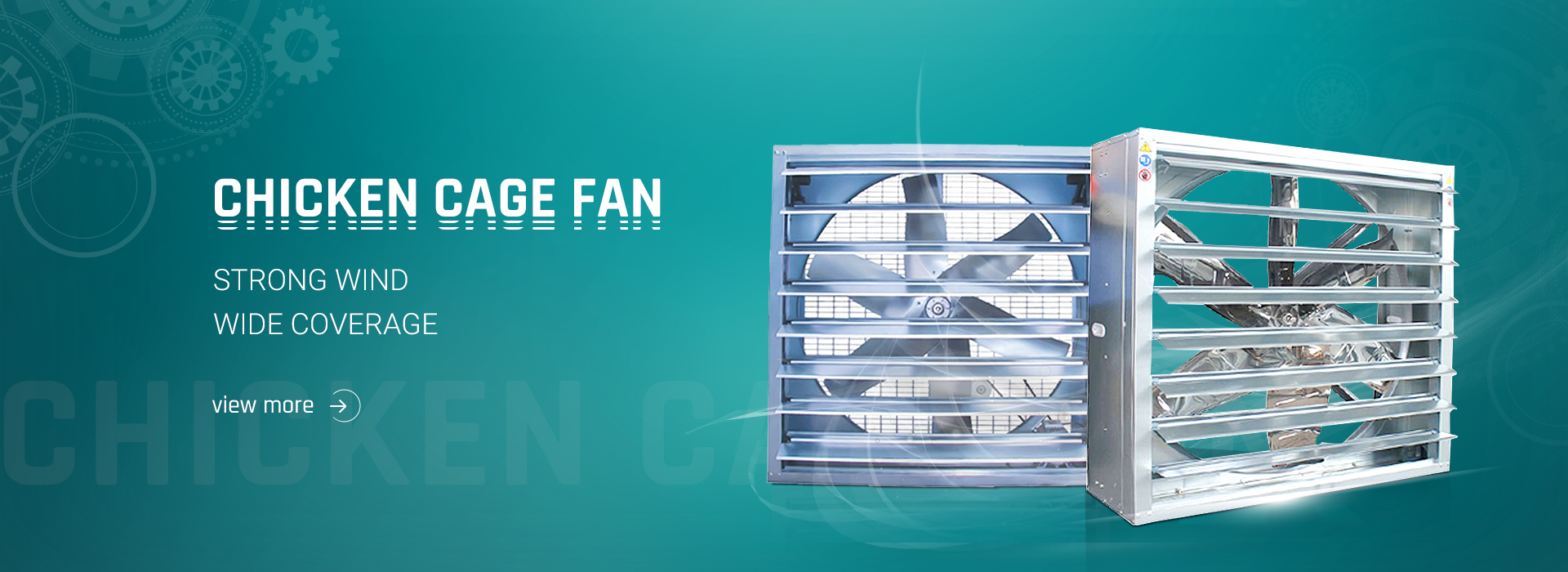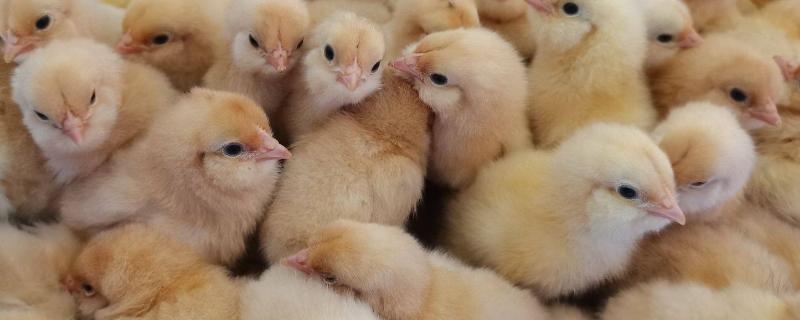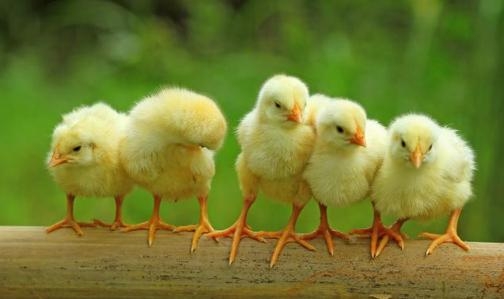Answer 1. Breeding site: The breeding site should be sheltered from wind and sunny, with dry terrain, quiet environment and convenient transportation. The height of the cage should be about 1.2 meters. 2. Breed selection: Common varieties include Chinese ring-neck chicks, Zuojia chicks, blackened chicks, light golden yellow chicks, white chicks, extra-large chicks, etc. The black and white spots on high-quality chicks are large and sparse, evenly arranged like peanuts . 3. Feeding and management during the brooding period: pay attention to the temperature of chicks, 40-35°C for 1-3 days, 34-33°C for 4-5 days, and 33-32°C for 6-8 days.
1. Breeding and prevention of chicks
1. Breeding of chicks
(1) Breeding site
①The breeding site must be sheltered from the wind and the sun, the terrain is dry, the environment is quiet, and the transportation is convenient. The height of the cage must be about 1.2 meters.
②The cages must have activity rooms, egg-laying rooms (nests), feeding rooms, etc. The feeding rooms must have water troughs and food troughs, and the sports fields can be closed with nets to avoid escape.
(2) Seed selection
①The common varieties of chicks include Chinese ring-neck chicks, Zuojia chicks, blackened chicks, light golden yellow chicks, white chicks, extra-large chicks, etc. Generally, the black and white spots on high-quality chicks are large and sparse, and they are evenly arranged like peanuts. size.
②The feathers of excellent chicks are very soft and rich. The younger they are, the rounder the head and body will be, and the shorter the mouth, feet and tail will be.
(3) Feeding and management during the brooding period
①The chick must be kept at a temperature of 40-35°C for 1-3 days, 34-33°C for 4-5 days, 33-32°C for 6-8 days, and 32°C for 9-12 days. -30°C, 13-20 days old is 30-28°C, and it can be normal temperature later.
②In actual operation, the insulation is mainly based on free movement and liveliness in the box.
③ Be sure to keep the air in the house fresh, especially in winter, be sure to deal with the relationship between heat preservation and ventilation.
④Be sure to feed a few drops with 0.1% potassium permanganate water droplets first, and then use a mixture of 5% glucose and 0.1% vitamin C and a small amount of feed to mix and feed after 1 day.
⑤ According to the nutrition, feed requirements and feed formula, the feed with soft texture can be made. At 1-2 weeks old, feed once every 3 hours, 5-7 times a day; at 3-5 weeks old, every 4 Feed once an hour, 4-5 times a day, 3-4 times a day after 5 weeks of age, and then feed normally.
⑥Be sure to adjust the stocking density in time, 1-10 days old 50-60 / square meter; 10-20 days old 30-40 / square meter; 20-40 days old 20 / square meter; 40-56 days old 10 pieces/square meter.
2. Prevention of chicks
(1) Anti-cold
①When the temperature suddenly drops or the house temperature is unstable, and the cold wind invades, the chicks are most likely to catch a cold.
② During the prevention and control, the house temperature must be kept stable to avoid the invasion of thieves, and at the same time, the feeding and management of the chickens should be improved.
(2) Anti-inflammatory
①It is mainly omphalitis and yolk sac. The sick chicks suffer from mental fatigue, chills, distended abdomen, subcutaneous gelatinous infiltration, purple-red umbilical inflammation, swelling of the yolk sac, secondary peritonitis, yolk sac and The mortality rate of abdominal wall adhesions is 50%-10%.
②Strictly sterilize and keep the brooding room clean and hygienic at ordinary times. Add 0.02% dietrine to the feed for 3 days.
(3) Prevent pullorum
①This disease is one of the most common diseases of chicks, which can be transmitted directly through the eggs. The disease will be induced when the temperature is changeable, the stocking density is too high, the sanitary conditions are poor, and the feed nutrition is lacking.
②Sick chickens will have chills, clustering, lethargy, difficulty breathing, white paste-like feces around the anus, the anus is exposed, and the phenomenon of frequent expansion and contraction.
③ During prevention, it is necessary to avoid introducing breeding eggs from breeding chicken farms with severe pullorum disease, and at the same time, strengthen the disinfection of breeding eggs and hatching equipment.
④During the treatment, the density of chickens can be reduced, the sanitary conditions can be improved, and 0.1% Xinjieer slaughtered chickens can be used for disinfection, and then mixed with 0.1% chloramphenicol and double amount of multivitamin, and fed continuously for 5 days.
2. How many days can the chicks be dewarmed
1. The dewarming time of chicks is 25 days in summer and 30 days in winter. The size of the furnace used for dewarming must be consistent with the area of the dewarming room. When the temperature is too low, a furnace can be added or the area of the dewarming room can be reduced.
2. Pay attention when raising chicks. In addition to keeping warm, you should also pay attention to controlling the humidity. The incubator and the incubation room must maintain a suitable humidity, so as to ensure the normal development of the embryos. If the humidity is too high, it will prevent the normal evaporation of water in the eggs, affecting the embryonic development, and the hatched chicks are not easy to survive. Generally, the relative humidity in the incubation room must be maintained at about 60%.
3. If the chicks have drooping wings, panting, flapping their wings to grab water, making chirping sounds, and very high-pitched calls, it is generally caused by excessive temperature. When the temperature is suitable, the chicks are evenly distributed, move and eat normally, the feathers are flat and bright, the feces are striped after defecation, and the head and neck are straight when sleeping.
Post time: Jan-12-2022





